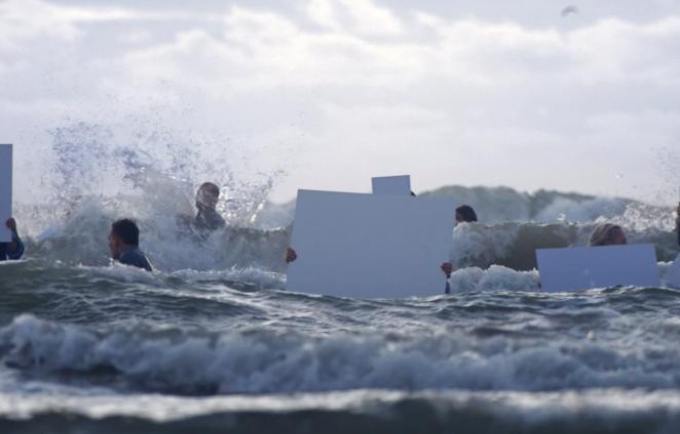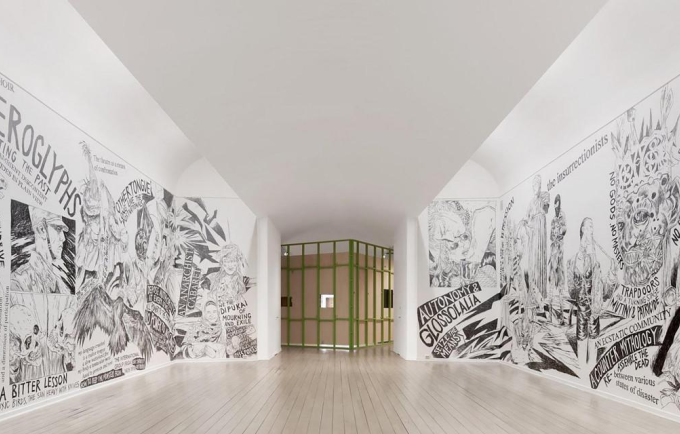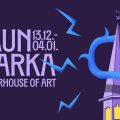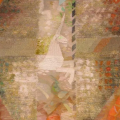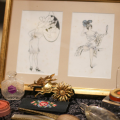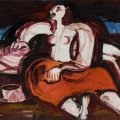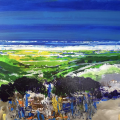In which ways are museums and artists vehicles for nation state building? How does collection-building intertwine with cultural diplomacy and politics of countries?
The Latvian collection of Malmö Konstmuseum was given to the museum as a donation in 1939 and was on permanent display until 1958. There are landscape paintings, portraits, still life, illustrations, scenography and images of war, primarily from the 1930s.
The collection was meant to be representative of contemporary art in Latvia at the time and it encapsulates a general zeitgeist toward thinking and developing ideas about what Latvia is through art. Marked by the authoritarian regime of president Kārlis Ulmanis and its subsequent cultural policy, the collection represents an inward gaze as well as national romanticist ideas praising Latvian soil and culture. The exhibition is addressing larger issues pertaining to nationalism and nation state building in the Baltic region at the same time acknowledging the fragility of smaller nation states and how they could act as antidotes to imperialism.

